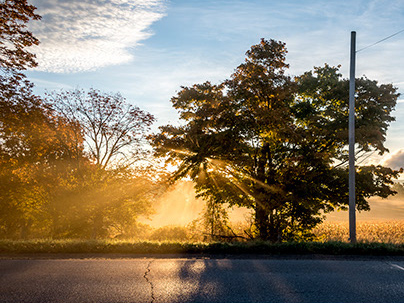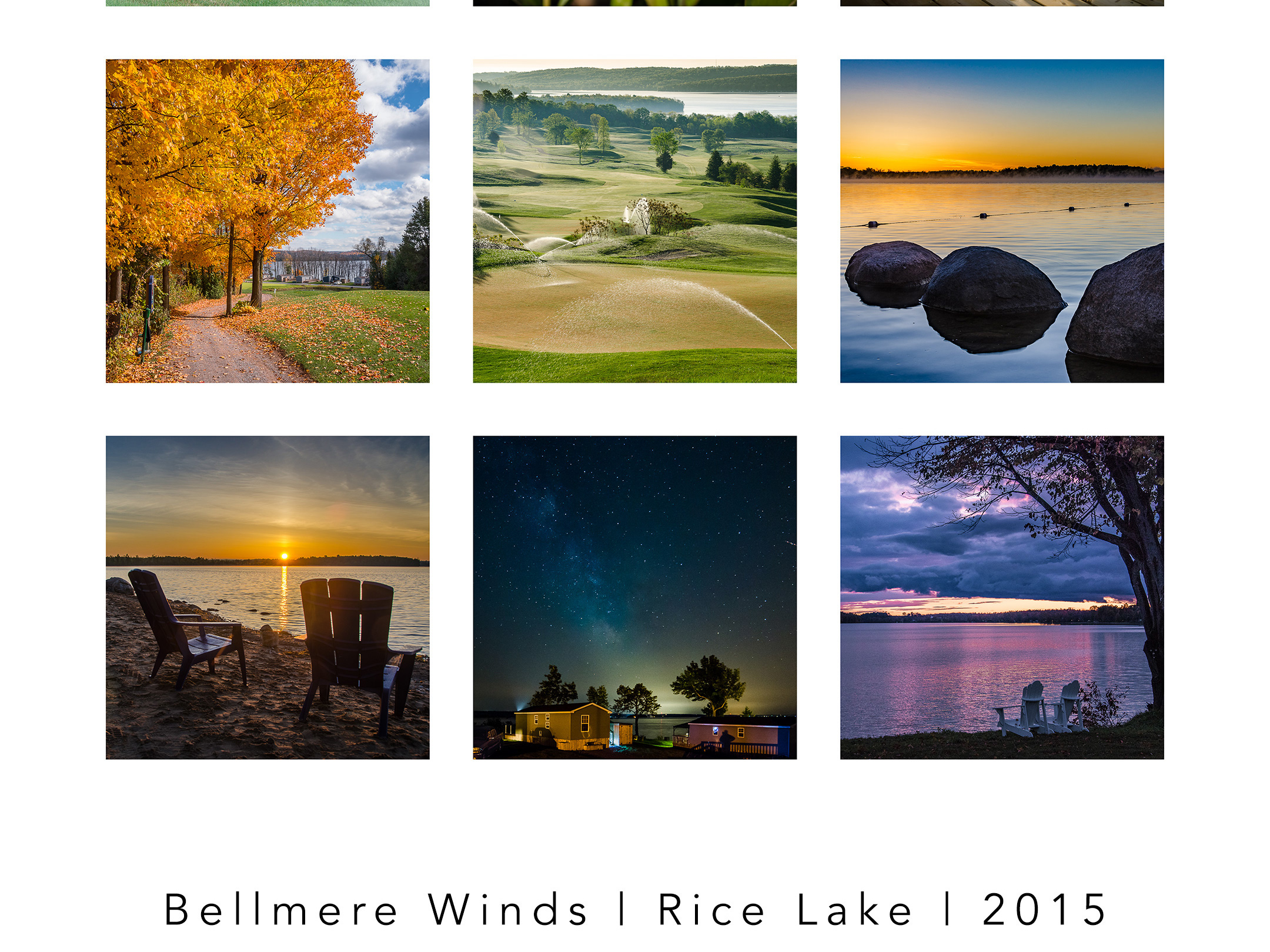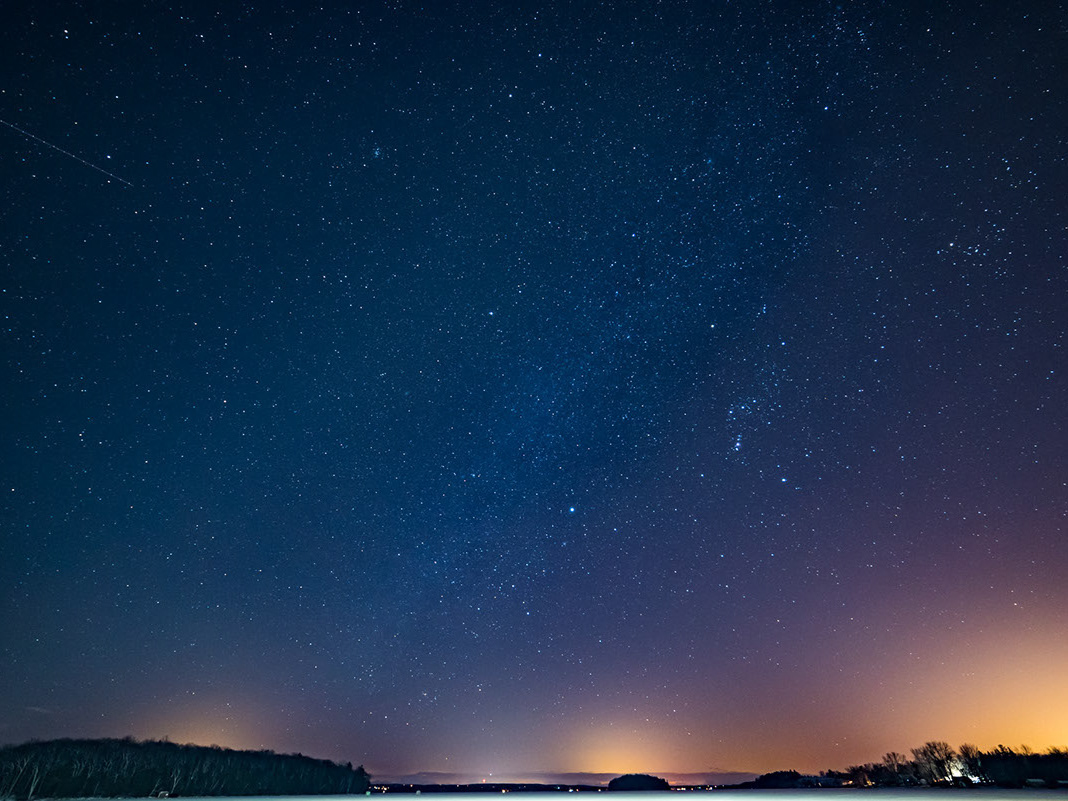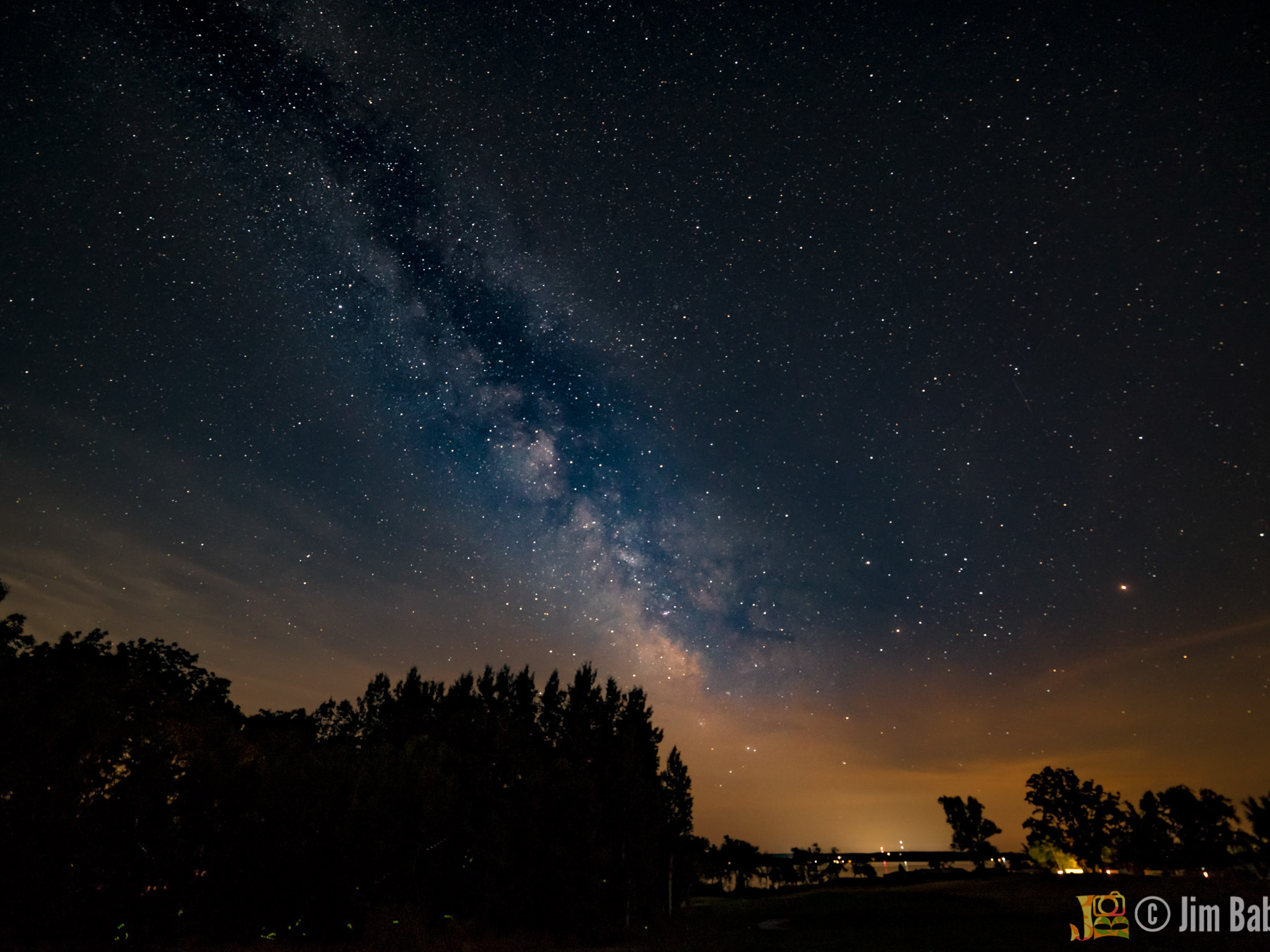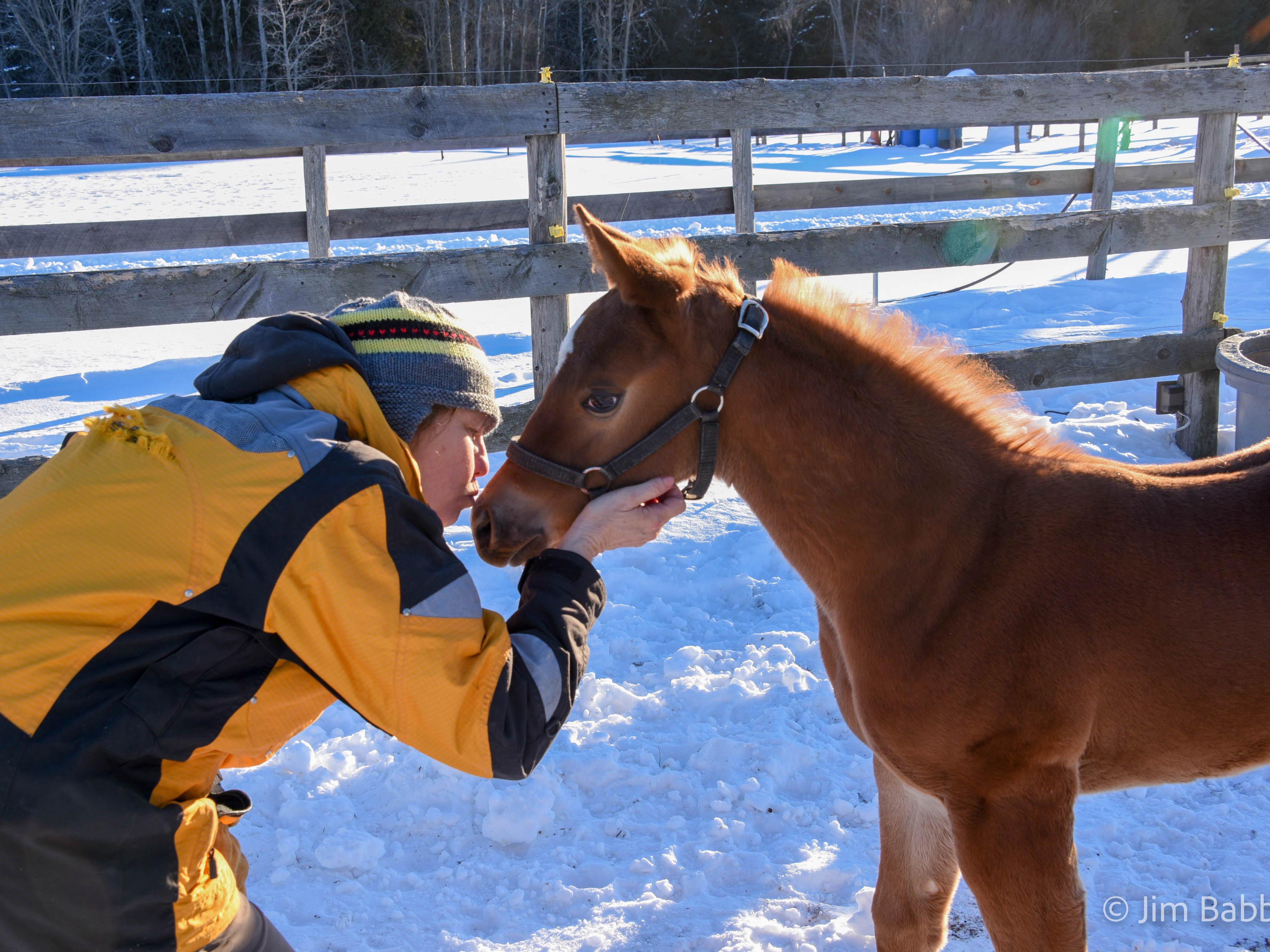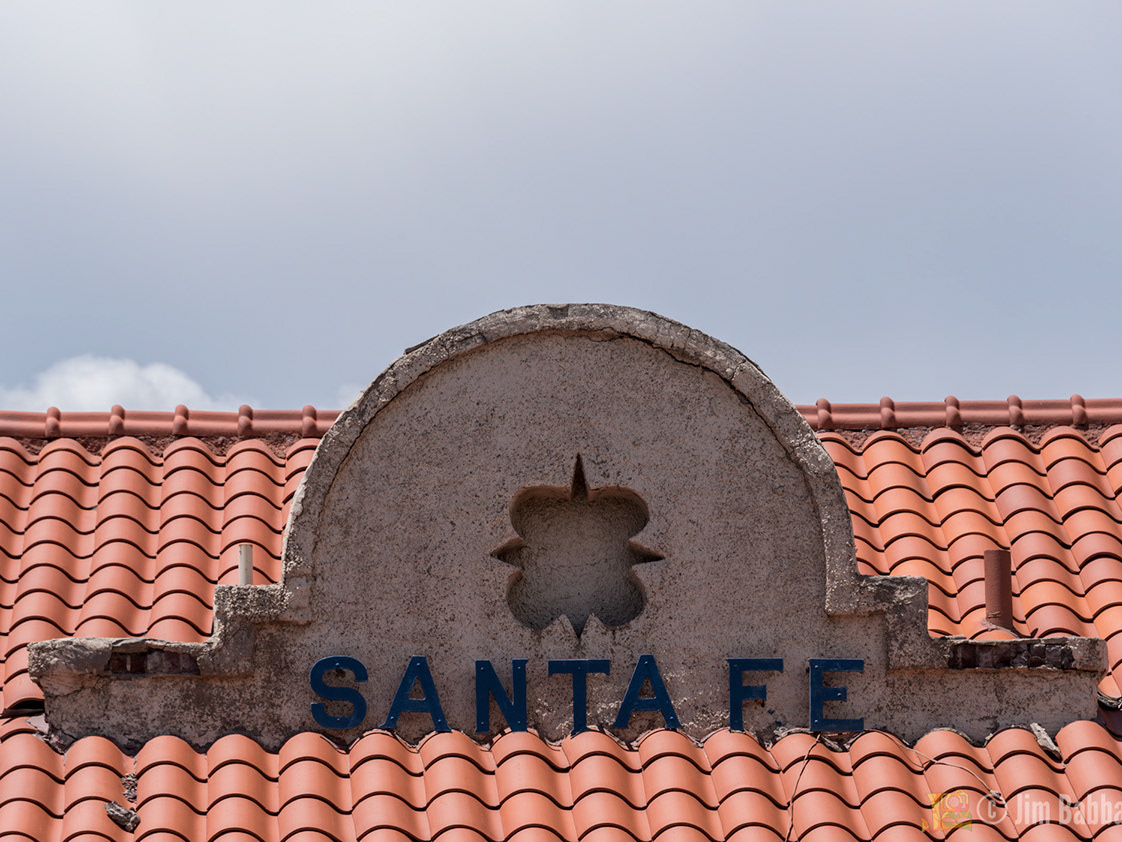Winter in Cottage Country
To ring in 2017, we decided to do something different, and booked our New Year's celebration at Elmhirst Resort in Keene, Ontario. On New Years Eve, we were treated to a lovely 6-course meal with wine pairings for each course, and could relax in a comfy cottage for a couple days. Of course, for me, relaxing also means getting out with my camera. And considering that Elmhirst is only a very short drive to our own cottage (shuttered up for the winter), I decided I'd take a tour around the resort as well as spend some time using my newest camera accessory, a variable neutral density (ND) filter. We'll start this little story at the cottage.
Production Notes
I think it's worth mentioning that I travelled without my laptop for this holiday getaway. Instead, once I was back at the cottage, I used the SD connector kit for my iPad Pro, and imported about a dozen images to work on - in RAW - directly within Lightroom Mobile on my iPad Pro. This gave me the added benefit of being able to post high-quality images to Instagram, Twitter and Facebook, without having to lug around my laptop. Once I got home, I imported the rest of the images through Lightroom Desktop, and changed the physical location of my synced photos from the weekend, to the new permanent folder on my external drive.
That last set of steps was the least intuitive for me, admittedly. Maybe because I don't do it often enough. I honestly don't know how the LR engineers can improve on the process, but locating the images that were synced down from my iPad, and making sure I not only relocated the files, but ALSO the XMP data, was frankly not the most seamless experience. Sure, you can move the photos easily enough right from within LR. But moving them does NOT move the XMP data. So, for a panicky few seconds, all my images had lost their processed look. I ended up having to go into the Finder and move the XMP files manually (ugh).
In hindsight, I think the issue is that I did not move the folder itself - just the contents of the folder, and in Lightroom Folder panel, you can only see folders and images, not the sidecar files.
Slumber Towne
There's a very special kind of peace, wandering around the resort in the off-season. And the day itself made for a mood that was somewhat sombre and reflective. I think my photographs captured that atmosphere pretty well, and how the weather affected my own way of seeing.
Sentinal. The view off the Point. Even though it was overcast, the sun tried to break through, resulting in a very interesting layered appearance to the clouds.
Moored.
Use at Own Risk
Busy Beaver. The neighbourhood beaver had indeed been busy! I counted two downed trees as one sapling that was not going to survive the year, thanks to this aquatic rodent.
On the Rocks
Ice Age. Despite the overcast sky, I was able to pull out some texture and detail in the snow, thanks to both RAW capture and some tricks in Lightroom.
What's up, Dock? All the floating docks are pulled out at the end of the season, and they line the shore, waiting for spring.
Forgotten fun
Resort in Repose
At Rest
Slumbering at the Cottage
Snow moorage.
Except for the occasional rabbit, squirrel and deer print, there's no evidence of off season visitors.
On Patrol. These foot prints led up the steps to my deck and my neighbour's (shown here). I'm thinking it was most likely a rabbit, but possibly a squirrel.
Spent.
On Point.
Ouse River
I received gift card for Christmas, from my wife, to spend at the local camera store. An item I had been considering for some time now - a variable ND filter - was top of my list. Often, I'd been frustrated - photographically - when shoot moving water in the daylight, Even at the lowest ISO, with a polarizing filter attached and with the smallest aperture, I was still only able to get at best a couple seconds for an exposure. The Variable ND both intrigued and concerned me. On one hand, it gave me the capabilities of multiple ND filters in a single accessory. On the other hand, the dreaded "X-factor" issue and the exorbitant price were off-putting.
In the end, thanks to that gift card, I opted for a high-end Hoya 9-stop variable ND filter. This weekend in cottage country gave me the perfect opportunity to test it out. Not far from the cottage is Asphodel Park. There's a little playground, summer parking and the Ouse River runs right along the park. In the middle of an overcast day, the scenery wasn't all that visually exciting, but with the addition of the ND filter, I was able to shoot at shutter speeds of 30 seconds (and longer, if I chose to), turning the lacklustre grey/black water and flat white snow into far more dynamic compositions.
ISO 50, f/18, 3 seconds - I started off at the lower end of the ND filter capability, but that quickly changed
5 seconds. I love how this image looks in black and white. Color correcting the shots becomes a bit of an emotional challenge (for me, anyway) as I try to decide on the most appropriate level of "blue" in the scene. I also love how I was able to retain detail in the snow on the rocks, showing slight contouring and ripples. A good sign of a suitable exposure. It's pretty easy to "blow out" flat white snow, even though there might be subtle variations in light and shadow.
30 seconds
The most challenging part of shooting with a variable ND is focusing. It blocks SO much light that it's impossible to judge focus through an optical viewfinder. So, I utilized my flip screen on the D750, and dialed open the shutter (or aperture) to get a bright view, then used the on-screen zoom and manual focus to ensure my centre of interest was indeed sharp. Unlike the optical viewfinder, the screen can adjust its brightness based on my exposure settings, making it easy to compose and focus even when I'm near the darkest setting on the ND filter. This technique, by the way, is also a good one to use when you're shooting the night sky, as optical focus is impossible, and using the distance scale can even be iffy at times.
This technique wasn't necessary every time, however; sometimes, the autofocus would find the correct place to rest and then I'd simply turn off auto focus and start shooting. But even then, I was using the back screen to position the focus point.
30 seconds
30 seconds
What is the "X-Factor" I mentioned earlier? Well, variable ND filters - especially cheaper ones - have a tendency to create a shadow-y "X" across your entire frame when the filter optics are aligned in a certain way. The Hoya filter shows this too, but only, apparently when you're using it near or at its minimum strength. Hoya even includes a note with the filter, advising the photographer of this behavior. It is impossible to to correct this effect in post processing. Thankfully, when using the view screen on the camera, it was VERY obvious when this situation was arising. I can't imagine how you would even notice it, though, if you were attempting to compose and expose solely with a DSLR optical viewfinder. It's very likely that cameras with EVF viewfinders would also display this aberration, but I don't have such a camera on which to test this.
8 seconds
Oliver Says Goodbye
One of Elmhirst furry ambassadors, Oliver, dropped by our cottage on Sunday morning to say hello and goodbye, and see if there was any leftover shrimp. Even when it was clear there were no goodies, Ollie cozied up on the sofa for a little while before we escorted him from the cottage.
I hope you enjoyed this wintry get-a-way, and wish all of you a very happy, safe and prosperous New Year!


